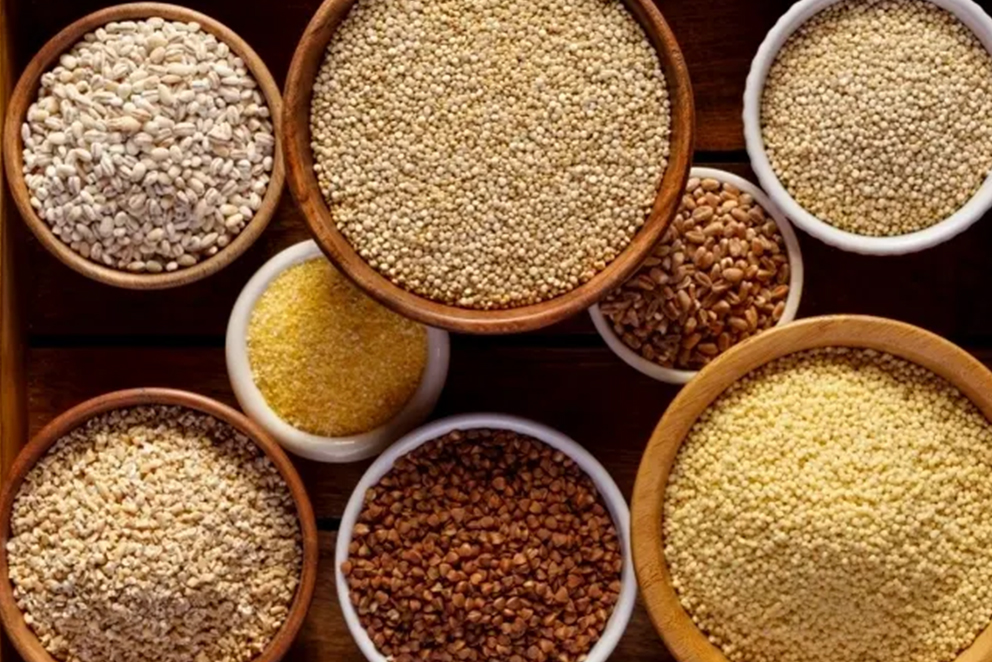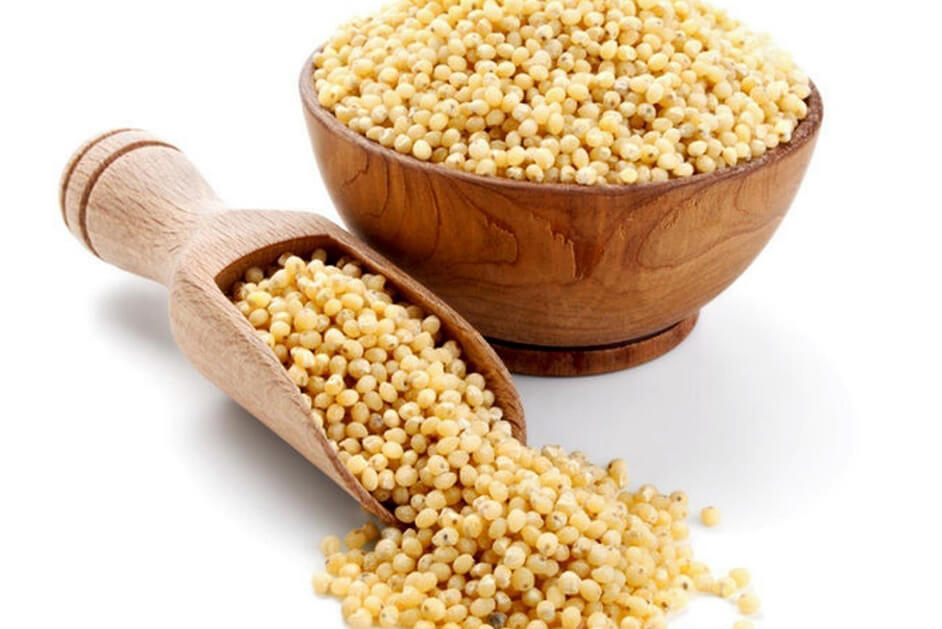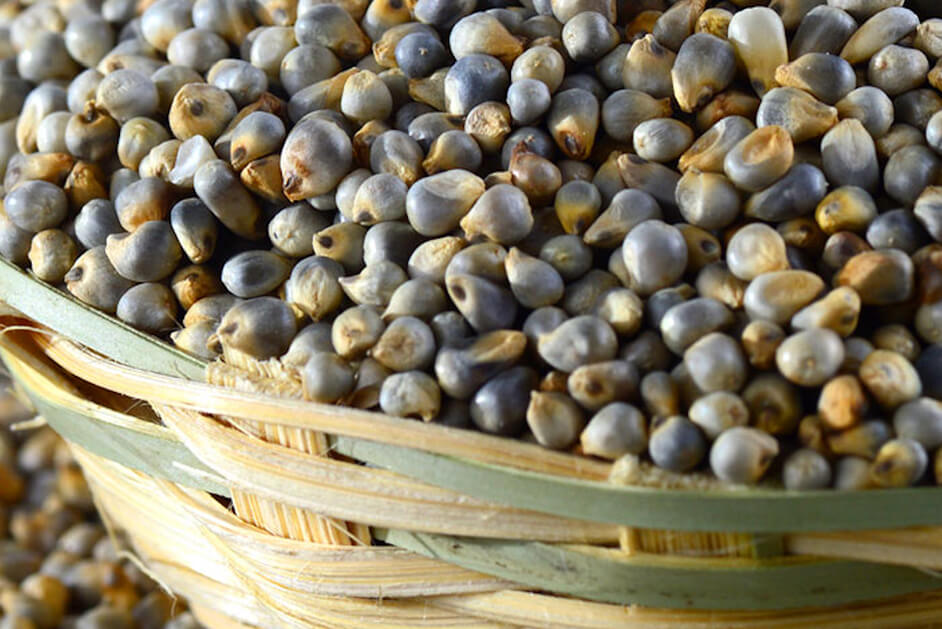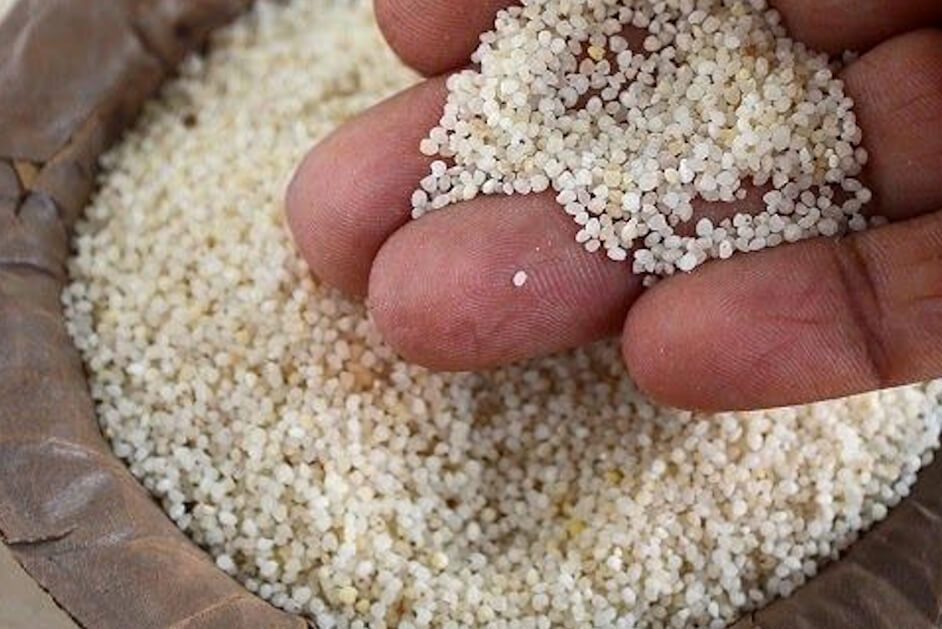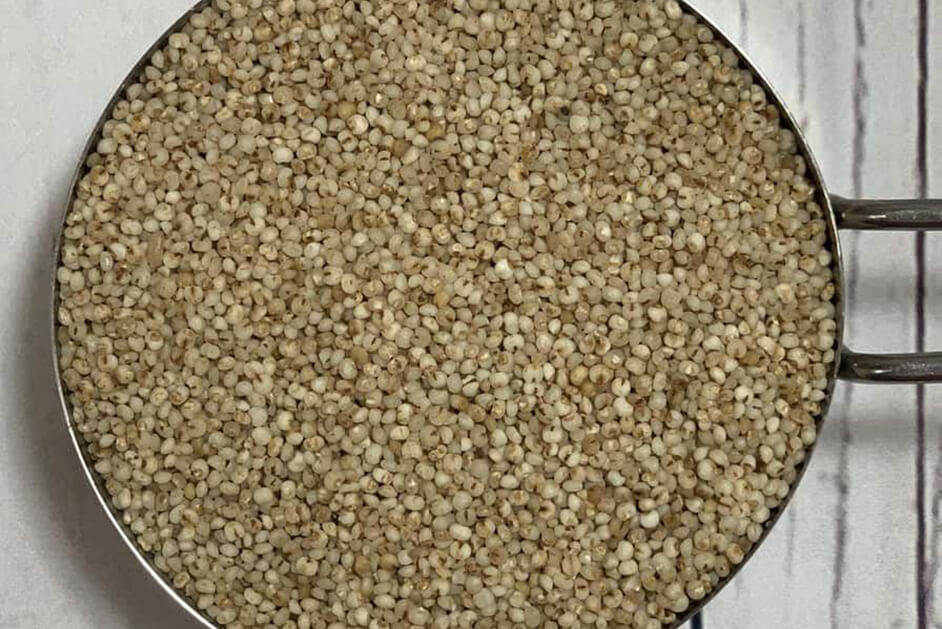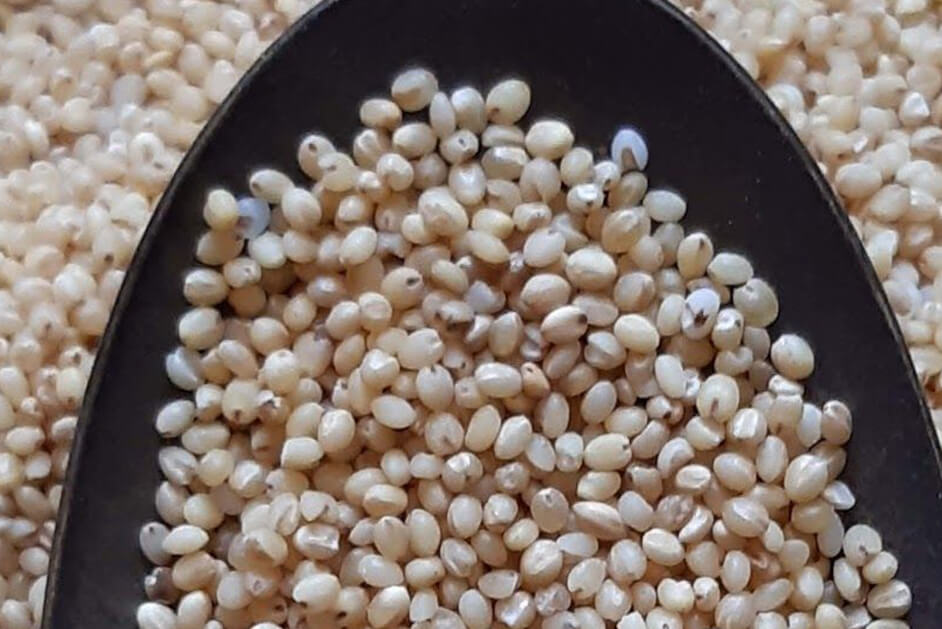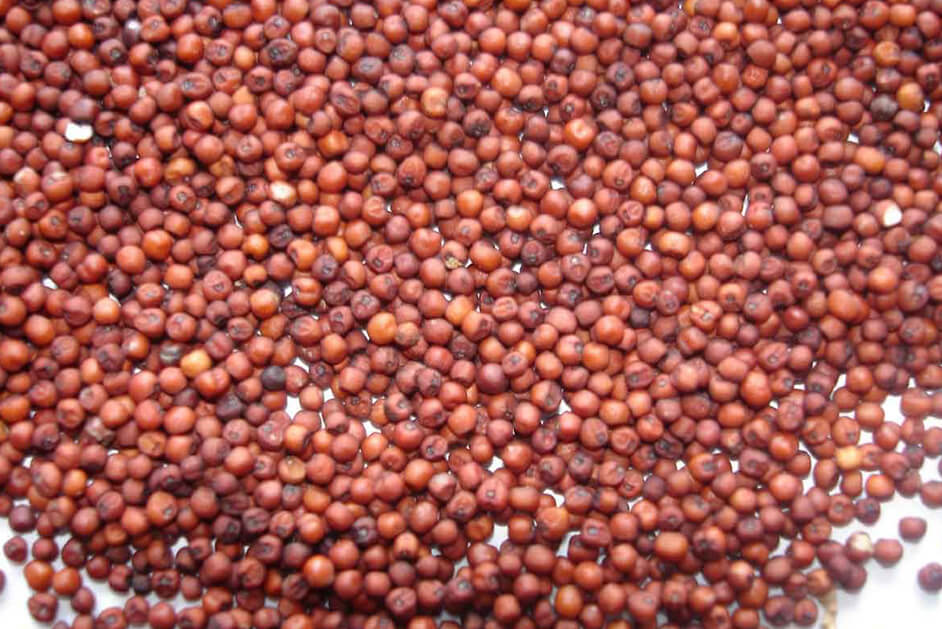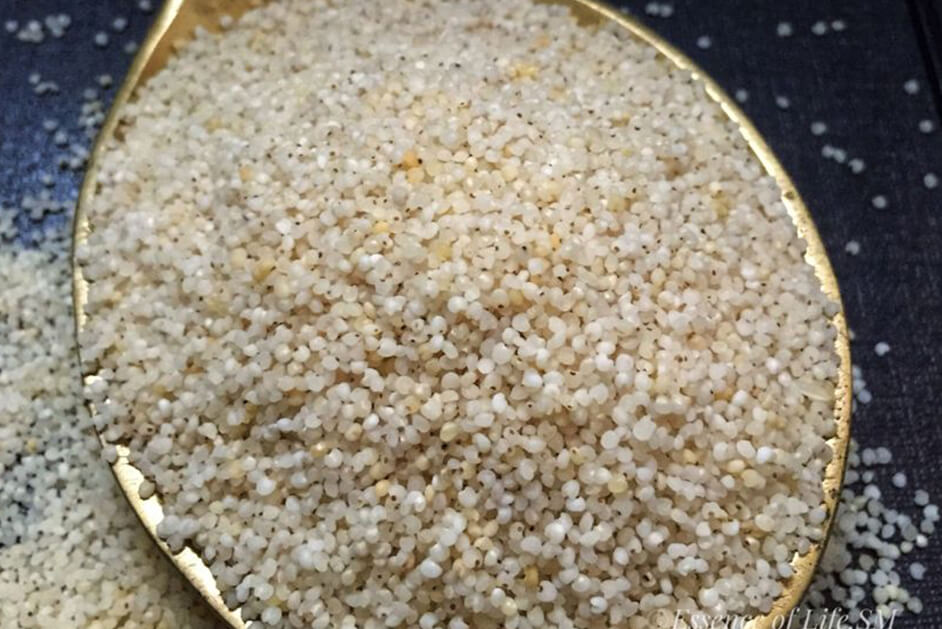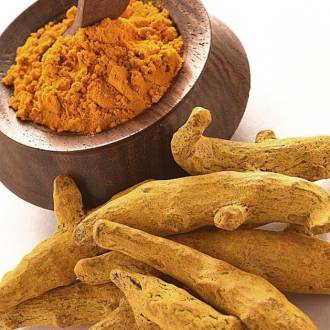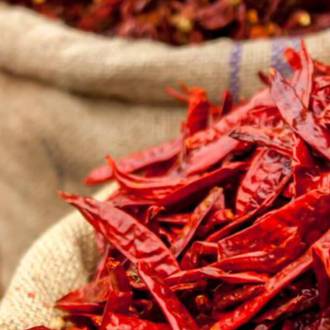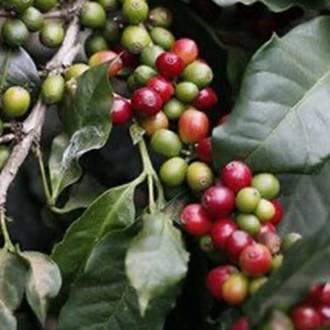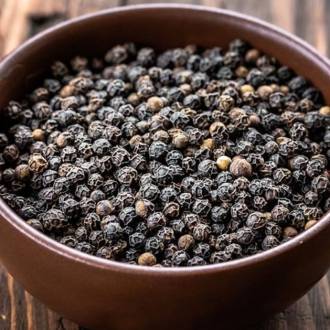Description
Millets are also regarded to have antimicrobial and DNA damage protection activities due to their phytochemical content. Due to the slow release of glucose, millets are an excellent choice of food for diabetics. They are an excellent source of slow digestive starch and fibers which are good for the gut. The non-starch polysaccharides found in millets form a major part of dietary fiber which produce short-chain fatty acids by fermentation of resistant starch and serve as excellent Prebiotics.
Millets have a lower glycemic index owing to their higher fiber content. They are an effective probiotic food in the gut as fermentation of millets using various cultures promotes the growth of Gram-negative bacteria. India produces nine commonly known millets and is the largest producer and second-largest exporter of millets in the world.
Types of Millets:
- Sorghum (Jowar) is a versatile crop used in food and biomass production. It is an efficient crop that uses solar energy and water. It is a dietary staple for over half a billion people, with origins in northeastern Africa and the Indian subcontinent. (Cholam)
- Pearl Millet (Bajra) is widely cultivated in India, with origins in West Africa. Over 90 million people depend on it for food and income, and it is an important crop in drier parts of Africa and Asia. (Kambu)
- Finger Millet (Ragi) is a nutritious cereal of African origin that plays an important role in the dietary needs and incomes of many rural households in Southern India and East & Central Africa. It has excellent malting properties and is an important food for rural populations. (Ragi)
- Barnyard Millet (Sanwa) is grown for both grain and fodder, especially on marginal lands where rice and other crops struggle. It is believed to have originated in central Asia, with some varieties capable of producing a crop in just six weeks. (Kuthiraivaali)
- Proso Millet (Chena/Barri) is the oldest domesticated cereal grain and is cultivated in drier regions of Asia, Africa, Europe, Australia, and North America. It grows well in many soil and climatic conditions and is a short-season crop with a low water requirement. (Panivaragu)
- Foxtail Millet (Kakum / Kangni) was domesticated in China over 8000 years ago and is used as a staple cereal in arid and semi-arid regions. It is tolerant of drought and quick-growing, but cannot tolerate waterlogging. (Thinai Arisi)
- Little Millet (Moraiyo) is a fast-growing crop that is early maturing and resistant to adverse agro-climatic conditions. It is endemic to India and an important food crop in neighboring countries. (Saamai)
- Kodo Millet is an annual tufted grass that grows up to 90 cm high. It is an important crop in India and a dietary staple in many parts of the country. (Varagu)


